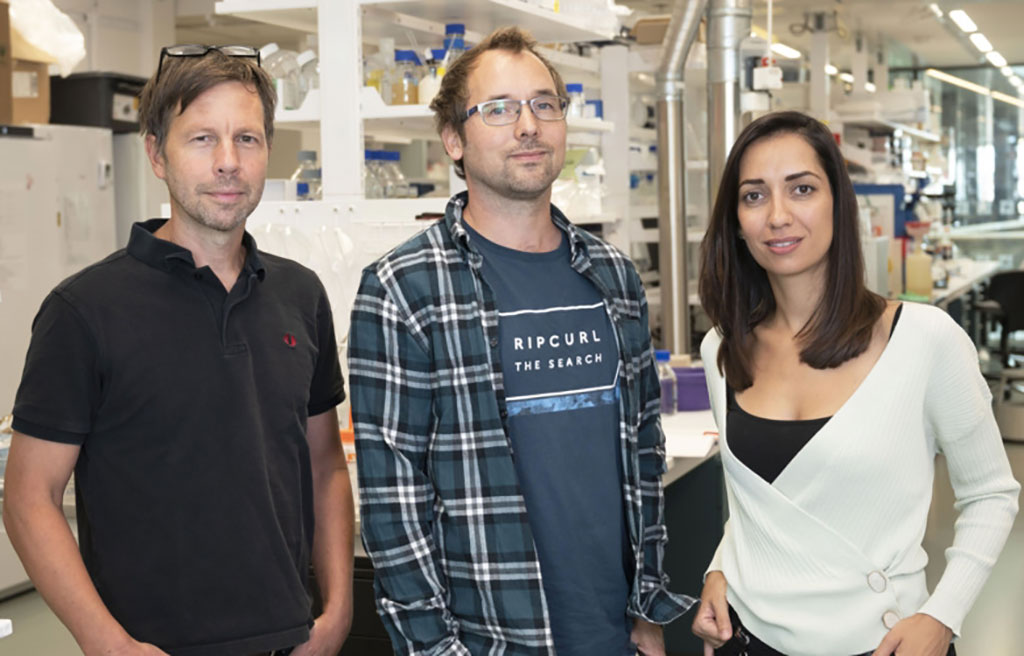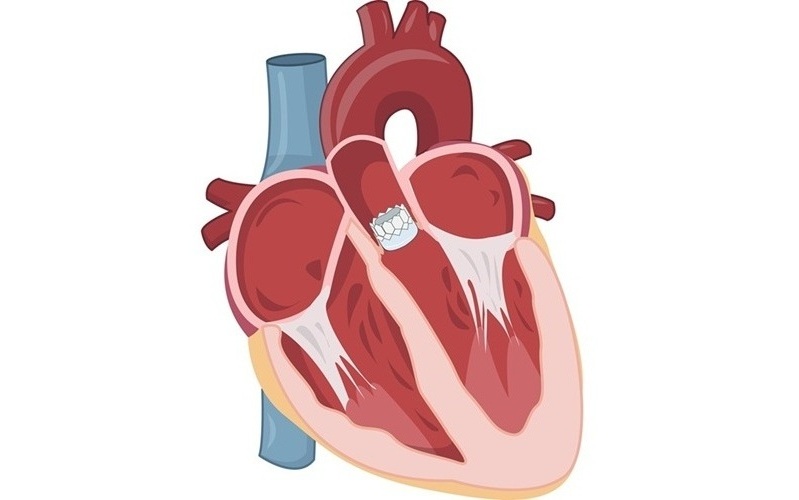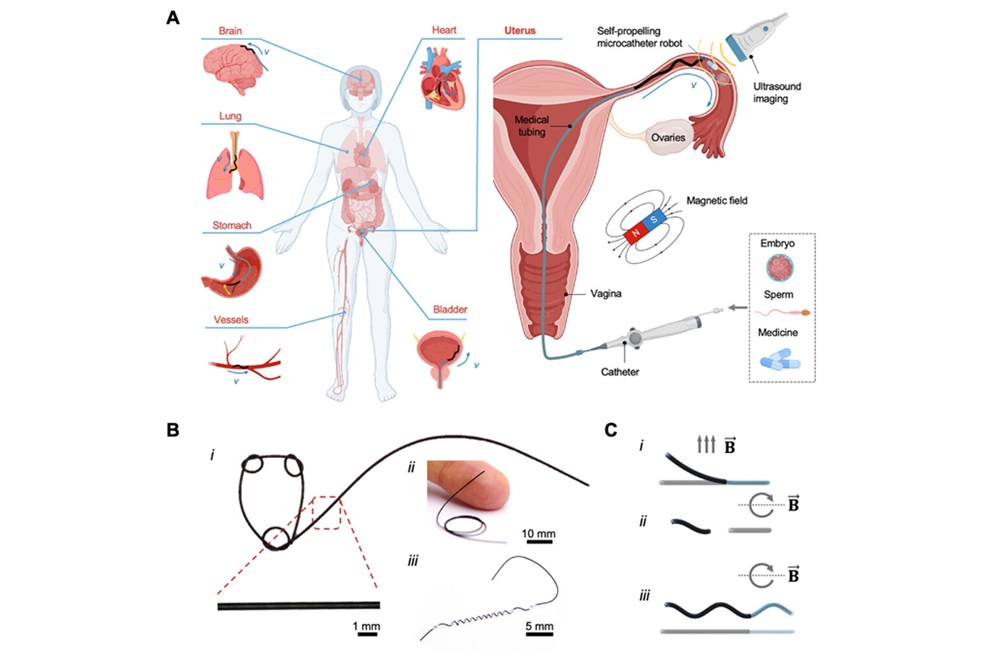New Test Developed with Simplified Buffer Formations Enables Fast, Cheap and Accurate COVID-19 Diagnosis
|
By HospiMedica International staff writers Posted on 24 Sep 2020 |

Image: Researchers at Karolinska Institutet have developed methods that completely circumvent the RNA-extraction procedure (Photo courtesy of Karolinska Institutet)
A new method developed for fast, cheap, yet accurate testing for COVID-19 infection simplifies and frees the testing from expensive reaction steps, enabling upscaling of the diagnostics and making it particularly attractive for places and situations with limited resources, for repeated testing and for moving resources from expensive diagnostics to other parts of the care chain.
Established diagnostic tests for COVID-19 are based on the detection of viral RNA in patient samples, such as nasal and throat swabs, from which RNA molecules must then be extracted and purified. RNA purification constitutes a major bottleneck for the testing process, requiring a great deal of equipment and logistics as well as expensive chemical compounds. Making the current methods simpler without markedly compromising their accuracy means that more and faster testing can be carried out, which would help to reduce the rate of transmission and facilitate earlier-stage care.
Researchers at the Karolinska Institutet (Stockholm, Sweden) have developed methods that completely circumvent the RNA-extraction procedure, so that once the patient sample has been inactivated by means of heating, rendering the virus particles no longer infectious, it can pass straight to the diagnostic reaction that detects the presence of the virus. According to the researchers, the most important keys to the method's success are both the above virus inactivation procedure and a new formulation of the solution used to collect and transport the sample material taken from the patients.
“By replacing the collection buffer with simple and inexpensive buffer formulations, we can enable viral detection with high sensitivity directly from the original clinical sample, without any intermediate steps,” said principal investigator Björn Reinius, research leader at the Department of Medical Biochemistry and Biophysics at Karolinska Institutet. “Thanks to the low cost and the simplicity of the method, it becomes a particularly attractive option at sites and in situations with limited resources but a pressing need to test for COVID-19.”
Related Links:
Karolinska Institutet
Established diagnostic tests for COVID-19 are based on the detection of viral RNA in patient samples, such as nasal and throat swabs, from which RNA molecules must then be extracted and purified. RNA purification constitutes a major bottleneck for the testing process, requiring a great deal of equipment and logistics as well as expensive chemical compounds. Making the current methods simpler without markedly compromising their accuracy means that more and faster testing can be carried out, which would help to reduce the rate of transmission and facilitate earlier-stage care.
Researchers at the Karolinska Institutet (Stockholm, Sweden) have developed methods that completely circumvent the RNA-extraction procedure, so that once the patient sample has been inactivated by means of heating, rendering the virus particles no longer infectious, it can pass straight to the diagnostic reaction that detects the presence of the virus. According to the researchers, the most important keys to the method's success are both the above virus inactivation procedure and a new formulation of the solution used to collect and transport the sample material taken from the patients.
“By replacing the collection buffer with simple and inexpensive buffer formulations, we can enable viral detection with high sensitivity directly from the original clinical sample, without any intermediate steps,” said principal investigator Björn Reinius, research leader at the Department of Medical Biochemistry and Biophysics at Karolinska Institutet. “Thanks to the low cost and the simplicity of the method, it becomes a particularly attractive option at sites and in situations with limited resources but a pressing need to test for COVID-19.”
Related Links:
Karolinska Institutet
Latest COVID-19 News
- Low-Cost System Detects SARS-CoV-2 Virus in Hospital Air Using High-Tech Bubbles
- World's First Inhalable COVID-19 Vaccine Approved in China
- COVID-19 Vaccine Patch Fights SARS-CoV-2 Variants Better than Needles
- Blood Viscosity Testing Can Predict Risk of Death in Hospitalized COVID-19 Patients
- ‘Covid Computer’ Uses AI to Detect COVID-19 from Chest CT Scans
- MRI Lung-Imaging Technique Shows Cause of Long-COVID Symptoms
- Chest CT Scans of COVID-19 Patients Could Help Distinguish Between SARS-CoV-2 Variants
- Specialized MRI Detects Lung Abnormalities in Non-Hospitalized Long COVID Patients
- AI Algorithm Identifies Hospitalized Patients at Highest Risk of Dying From COVID-19
- Sweat Sensor Detects Key Biomarkers That Provide Early Warning of COVID-19 and Flu
- Study Assesses Impact of COVID-19 on Ventilation/Perfusion Scintigraphy
- CT Imaging Study Finds Vaccination Reduces Risk of COVID-19 Associated Pulmonary Embolism
- Third Day in Hospital a ‘Tipping Point’ in Severity of COVID-19 Pneumonia
- Longer Interval Between COVID-19 Vaccines Generates Up to Nine Times as Many Antibodies
- AI Model for Monitoring COVID-19 Predicts Mortality Within First 30 Days of Admission
- AI Predicts COVID Prognosis at Near-Expert Level Based Off CT Scans
Channels
Critical Care
view channel
Soft Robots Could Donate Their Heart to Humans
Heart failure is a growing global health burden, and existing artificial hearts and mechanical pumps often fall short of long-term clinical needs. Many current devices rely on rigid components and complex... Read more
Bioadhesive Strategy Prevents Fibrosis Around Device Implants on Peripheral Nerves
Peripheral nerves connect the brain and spinal cord to muscles, organs, and sensory systems, making them key targets for treating neurological and systemic diseases. However, implantable bioelectronic... Read moreSurgical Techniques
view channel
Minimally Invasive Surgery Proven Safe and Effective for Complex ‘Whipple’ Procedure
Tumors of the pancreatic head often require a highly complex operation known as pancreatoduodenectomy or the Whipple procedure. This surgery involves removing multiple structures and creating several internal... Read more
Catheter-Based Procedures Offer Less Invasive Option for Treatment of Valvular Disease
Valvular heart disease, caused by tight or leaky valves between heart chambers, affects up to 10% of older adults and leads to more than 120,000 deaths globally each year. Traditional open-heart surgery... Read morePatient Care
view channel
Revolutionary Automatic IV-Line Flushing Device to Enhance Infusion Care
More than 80% of in-hospital patients receive intravenous (IV) therapy. Every dose of IV medicine delivered in a small volume (<250 mL) infusion bag should be followed by subsequent flushing to ensure... Read more
VR Training Tool Combats Contamination of Portable Medical Equipment
Healthcare-associated infections (HAIs) impact one in every 31 patients, cause nearly 100,000 deaths each year, and cost USD 28.4 billion in direct medical expenses. Notably, up to 75% of these infections... Read more
Portable Biosensor Platform to Reduce Hospital-Acquired Infections
Approximately 4 million patients in the European Union acquire healthcare-associated infections (HAIs) or nosocomial infections each year, with around 37,000 deaths directly resulting from these infections,... Read moreFirst-Of-Its-Kind Portable Germicidal Light Technology Disinfects High-Touch Clinical Surfaces in Seconds
Reducing healthcare-acquired infections (HAIs) remains a pressing issue within global healthcare systems. In the United States alone, 1.7 million patients contract HAIs annually, leading to approximately... Read moreHealth IT
view channel
EMR-Based Tool Predicts Graft Failure After Kidney Transplant
Kidney transplantation offers patients with end-stage kidney disease longer survival and better quality of life than dialysis, yet graft failure remains a major challenge. Although a successful transplant... Read more
Printable Molecule-Selective Nanoparticles Enable Mass Production of Wearable Biosensors
The future of medicine is likely to focus on the personalization of healthcare—understanding exactly what an individual requires and delivering the appropriate combination of nutrients, metabolites, and... Read moreBusiness
view channel
Philips and Masimo Partner to Advance Patient Monitoring Measurement Technologies
Royal Philips (Amsterdam, Netherlands) and Masimo (Irvine, California, USA) have renewed their multi-year strategic collaboration, combining Philips’ expertise in patient monitoring with Masimo’s noninvasive... Read more
B. Braun Acquires Digital Microsurgery Company True Digital Surgery
The high-end microsurgery market in neurosurgery, spine, and ENT is undergoing a significant transformation. Traditional analog microscopes are giving way to digital exoscopes, which provide improved visualization,... Read more
CMEF 2025 to Promote Holistic and High-Quality Development of Medical and Health Industry
The 92nd China International Medical Equipment Fair (CMEF 2025) Autumn Exhibition is scheduled to be held from September 26 to 29 at the China Import and Export Fair Complex (Canton Fair Complex) in Guangzhou.... Read more
















